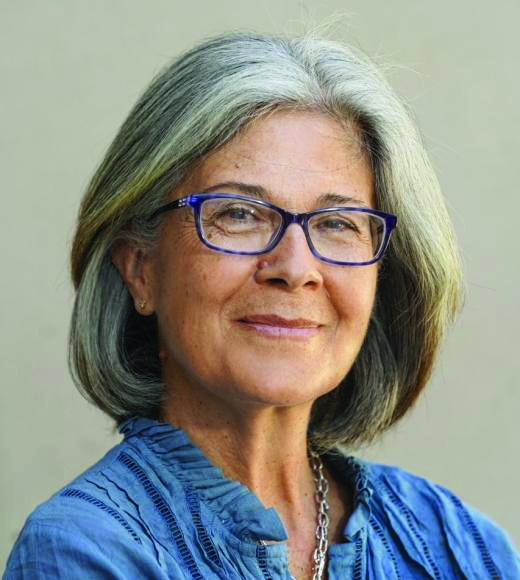
Reconstructing past climate-fire relationships in California using stalagmites
Dr. Isabel Montañez
Distinguished Professor and Director, Institute of the Environment – UC Davis
Host: Dr. Jessica Whiteside
Wednesday, April 24, 2024
1pm – CSL 422
Abstract
Climate change is projected to drive in coming decades an expansion of wildfire-prone regions coupled with increase in fire frequency and intensity, as has already been witnessed in the western U.S. over the recent past. And for CA, climate models predict a substantial increase in climate volatility, termed whiplash climate (i.e., persistent droughts interrupted by pluvial episodes) on the decadal and sub-centennial scale. Developing an improved and quantitative understanding of past climate-wildfire relationships in CA, in particular prior to human intervention, is an important component for refining future projections.
In this talk, I will present our Stalfire research group’s efforts to decode the signal of crystallized climate and paleo-wildfire behavior archived in stalagmites from CA caves distributed across the State. The foundation of this work is monitoring geochemical and biomass burning-derived organic molecules tracers and their evolution in modern cave systems that have been exposed to major recent fires. From this we can build a ‘surface-to-stalagmite’ understanding of hydroclimate and fire tracers entombed in stalagmites. In turn, we develop time series of geochemical, isotopic (O, C, Ca, Sr), and biomarker proxies from stalagmites collected across CA and that record intervals within the past few 10s of 1000s of years. The integration of stalagmite proxy records with climate model simulations and quantitative reconstructions of hydroclimate and fire activity in CA over the past 20,000 years provides new insight into the paleoclimate-wildfire relationship in this region over the past few 10s of 1000s of years with lessons to be drawn for our future.

